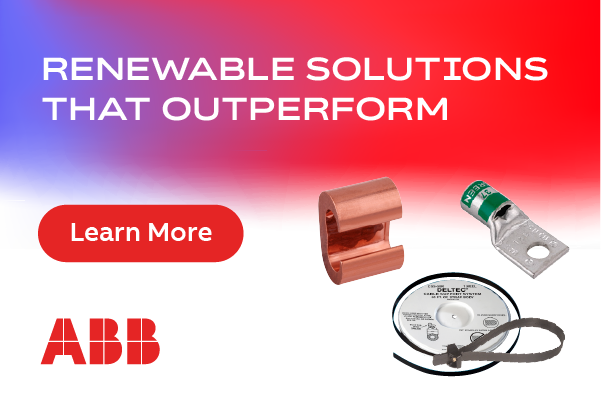The Revolution of Sun Tracking Carports
Commercial size carports are often the easiest solution to deploy large areas of solar collectors in an urban area or on corporate sites, but these fixed carports have a major flaw; because they usually follow the drive lanes azimuth, they are often sub-optimally oriented and, therefore, less than efficient.
Keep an eye out for the latest standard: Sun-tracking carports. This new technology is about to reshape the industry.
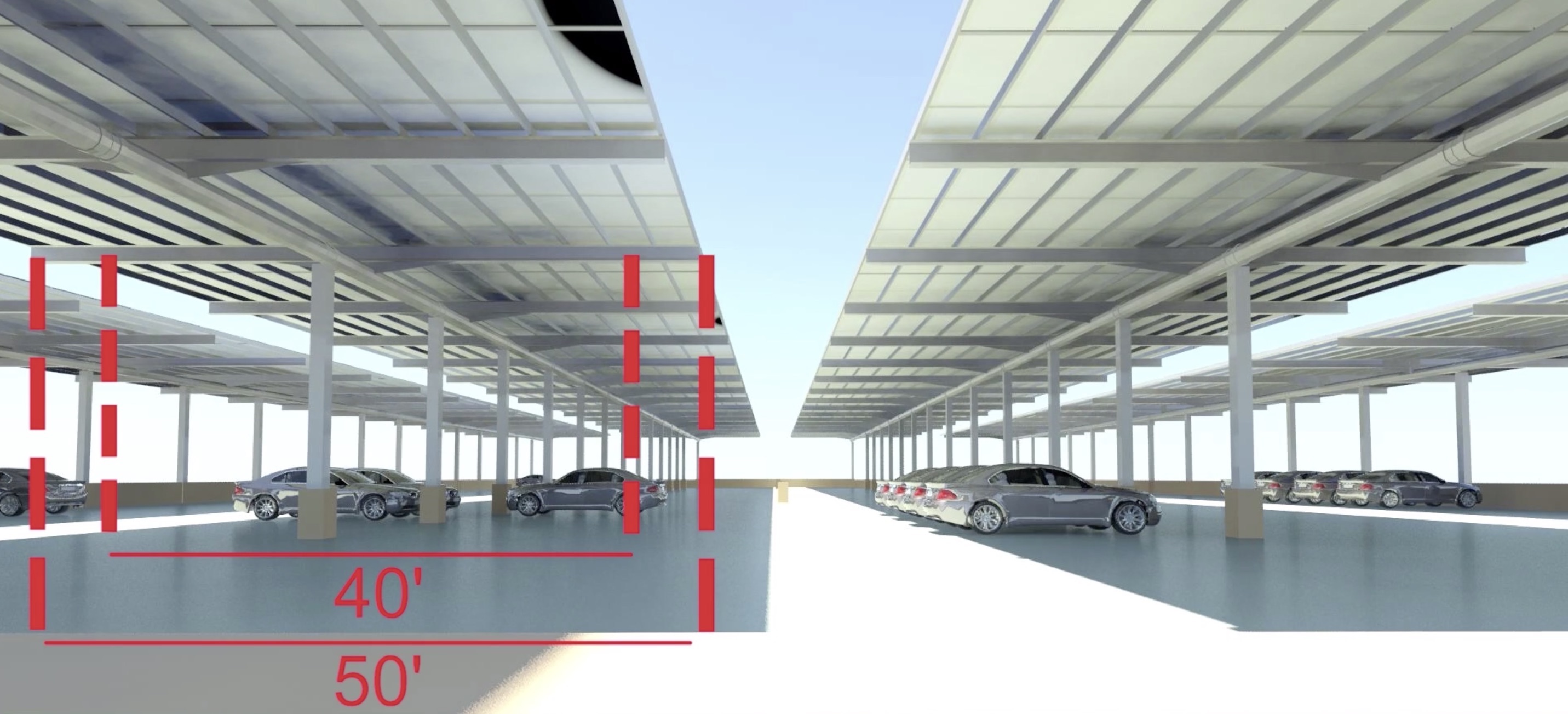
Parking areas are perfect applications for solar deployment. They are large areas with little shading and no building integration issues. The solar panels installed on canopies above the parking spots shade the cars, which protects them and reduces the need for air conditioning. Solar carports or canopies are now widely used in sunnier parts of the world, but these are usually fixed and can rarely be ideally oriented. Additionally, in order to remain economically feasible, they must follow the parking lot's layout, which means that their orientation is usually controlled by the drive lanes azimuth - often less than optimal.
Fixed carports are often built with a 5 to 10-degree pitch. This may be acceptable when facing south (although the ideal pitch would be 20-25 degree), but few parking lots have a perfect southern orientation. Most of the time, the panels are going to face an 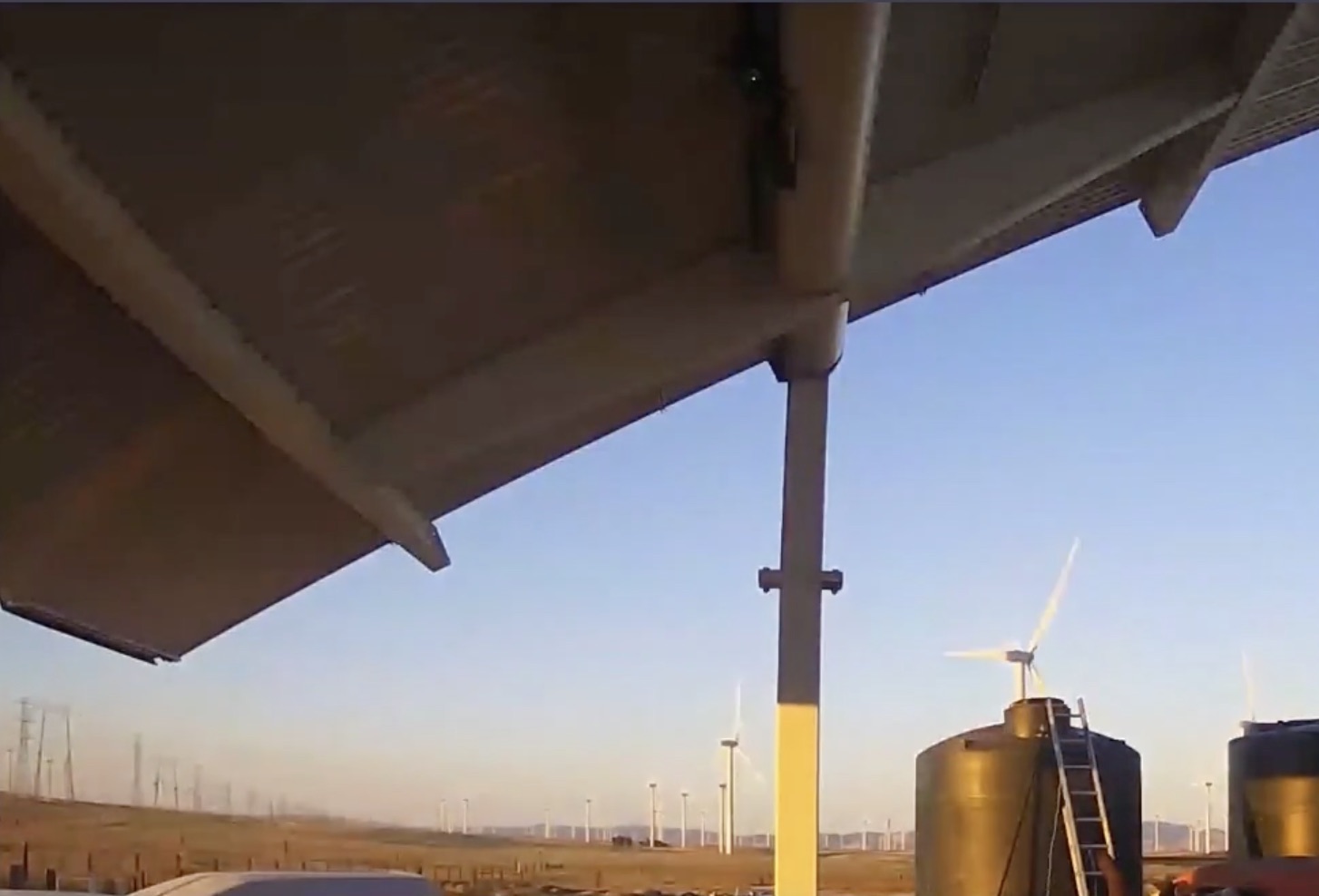 awkward azimuth, severely reducing efficiency. Plus, if the panel faces the sun at 2pm (at a 30-degree tilt), it is 15 degrees off at 1pm, 30 degrees off at noon, and 90 degrees off at 8am. At 8am, no direct sun ray hits the solar collector surface; it collects no energy except for some reflected glare, although most of the year the sun is already powerful at 8am. At 3pm it is 15 degrees off, and at 6pm it is 60 degrees off. Designers try their best to set this fixed angle so their panels are tilted towards the south in the northern hemisphere and north in the southern hemisphere, but these other tilt angles all have the same problem: the losses are enormous.
awkward azimuth, severely reducing efficiency. Plus, if the panel faces the sun at 2pm (at a 30-degree tilt), it is 15 degrees off at 1pm, 30 degrees off at noon, and 90 degrees off at 8am. At 8am, no direct sun ray hits the solar collector surface; it collects no energy except for some reflected glare, although most of the year the sun is already powerful at 8am. At 3pm it is 15 degrees off, and at 6pm it is 60 degrees off. Designers try their best to set this fixed angle so their panels are tilted towards the south in the northern hemisphere and north in the southern hemisphere, but these other tilt angles all have the same problem: the losses are enormous.
Fixed carport designers look for a compromise between pitch, clearance, cost, and efficiency. Ideally, if they could use a carport technology that allowed the panels to track the sun on one axis, the peak angle would last all day, greatly boosting the energy collected.
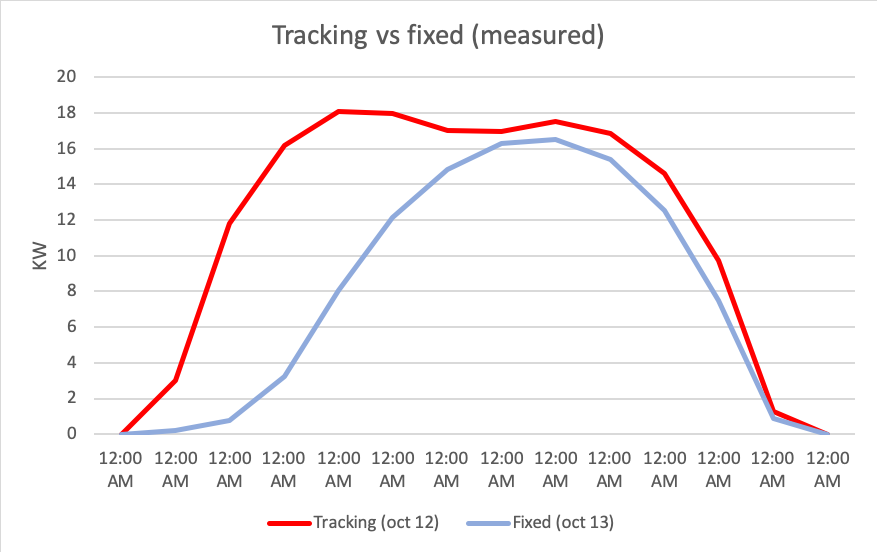 Sun tracking carports can solve the wind load issues, with more resilience to less than ideal azimuth. For example, a 30 KWp sun tracking modular carport can tilt 30 degrees east and 30 degrees west, with a 60-degree range, making the best of both the morning and the evening light. This can increase its energy production by up to 44% percent. Its ideal orientation is azimuth 0 degree, meaning its axis of rotation is horizontal with a north/south orientation. When the azimuth is not 0, the performance changes slightly: up to azimuth 40 degrees, the performance decrease is below 3 percent, with a maximum loss of 10 percent at 90 degrees.
Sun tracking carports can solve the wind load issues, with more resilience to less than ideal azimuth. For example, a 30 KWp sun tracking modular carport can tilt 30 degrees east and 30 degrees west, with a 60-degree range, making the best of both the morning and the evening light. This can increase its energy production by up to 44% percent. Its ideal orientation is azimuth 0 degree, meaning its axis of rotation is horizontal with a north/south orientation. When the azimuth is not 0, the performance changes slightly: up to azimuth 40 degrees, the performance decrease is below 3 percent, with a maximum loss of 10 percent at 90 degrees.
How can such a large array be efficiently tilted and controlled regarding safety and code compliance?
Ingeniously designed frame and drive systems sustain the code compliant wind load in any position. A built-in intelligence can also automatically adjust tilt angles in various conditions to reduce stress on the panels and carports. Systems may also be controlled remotely, which facilitates maintenance, cleaning, or snow removing operations.
Current fixed panel carports add value to any parking lot and have been implemented nationwide with good results. The next logical evolution of this technology is a leap forward that drastically increases power output on fixed surfaces. Sun-tracking carports give solar designers the flexibility they need to create a living building that takes full advantage of the sun, while also charging the bottom line.
Alain Poivet is CEO at SCARLET Solar, which has developed and manufactures a sun-tracking tilting modular solar carport.
SCARLET Solar | www.scarlet.red
Author: Alain Poivet
Volume: 2019 September/October










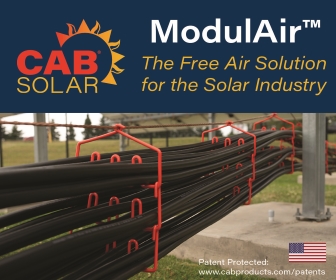
.png?r=7803)
